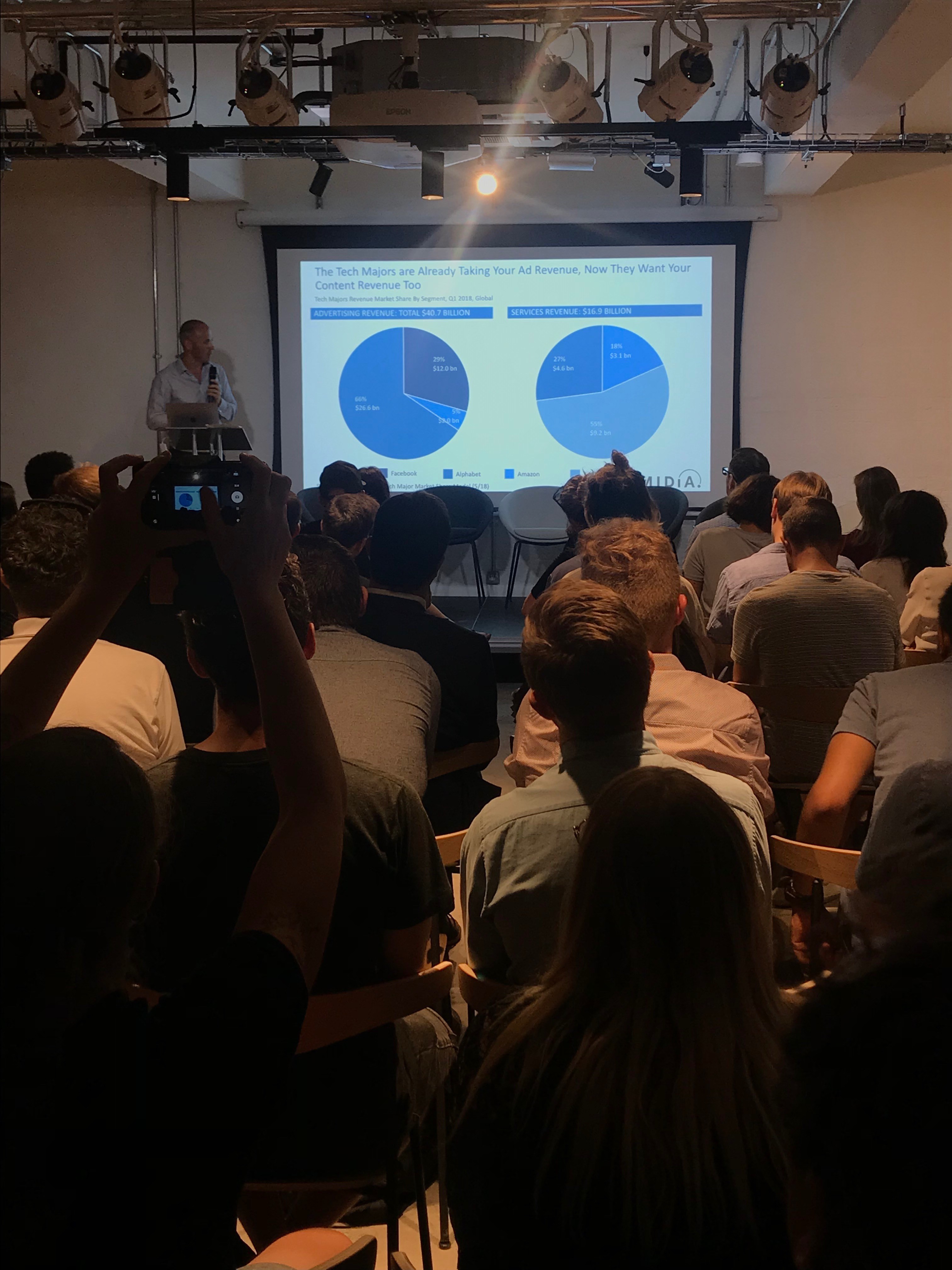Subscriptions put premium consumers as well as premium content behind paywalls


There are now 436 million paying subscribers across five of the largest distributors of digital music and video content globally (Spotify, Apple Music, Netflix, Amazon Prime, Tencent). This has very different implications depending on which part of the ecosystem your business sits in.
This is cause for consideration about the direct impact on your bottom line: Are subscribers more valuable than free streamers in terms of average revenue per user (ARPU)? The answer will most likely be the former, but what is the extent of the potential revenue being sacrificed in pursuit of subscribers? Is it worth trying to offset this by exploring opportunities for brands to work behind your paywall (even though it risks alienating those paying subscribers?).
The trend raises a fundamental – and growing – problem faced by advertisers: How do I continue to reach and engage this premium segment when the vast majority of the time they are spending with content is online and ad-free? Related to this are questions like: How much pressure ought I to be placing on paywalled distribution spaces to allow brands to innovate in these formats? How can I make my brand a legitimate part of the paywalled ecosystem?
Premium consumers are valuable
Subscribers to online video and music content are the most likely segments to have three digital subscriptions or more: they are happy to pay for content — in abundance. Moreover, they are spending a lot of time with content, very little of which is supported by ads.
Perhaps unsurprisingly, these subscribers are the early adopters, the influencers and as such, one of advertising's most coveted segment. Across all four services, they are substantially more likely to be the first to try out new technology products and services (70% of Apple Music subscribers are such, compared with a 36% consumer average). Across all four services they are also substantially more likely to be the people sought for recommendations for new music and TV shows (67% of Spotify subscribers for example, compared with a 34% consumer average).
Premium consumers are particularly difficult to reach
We already know premium consumers are hard to reach because the majority of their time consuming online content is spent on services devoid of ads. When it comes to TV ads, they are switching off or they stop paying attention and are skipping online video ads where possible.
The bad news for advertisers and broadcasters is that the extent of these behaviours is more or less consistent with average consumer behaviour: between 60% and 69% of these segments report this behaviour for TV, though it drops down to an average range of between 28% to 37% skipping online ads (source MIDiA Research consumer survey data, Q1 2018).
Moreover, consumers behind paywalls are especially hard to reach because they are also the segments most likely to be using voice control on home devices or smartphones (31% of Apple Music subscribers use voice control compared with a 9% consumer average). Voice is still at an embryonic stage regarding appropriate ad formats and overall consumer engagement strategy, yet the transition to voice control in the consumer space (e.g. buying products and making music selections) represents a fundamental disruption of the visual interface for advertising – with potentially profound consequences for the marketing ecosystem.
Premium consumers are curators
Crucially, consumers behind paywalls actively seek out messages from trusted sources via social media. They are the most likely consumers to follow their favourite bands, DJs, singers and celebrities on social media.
This propensity is even more pronounced when it comes to following their favourite brands on social channels (48% of Apple Music subscribers compared to 19% average). In other words, they actively seek the branded messages they deem relevant and choose to receive them in formats and at times they want.
This is crucial because it represents the most significant re-wiring of the brand-to-consumer relationship in this new ecosystem; it demands that brands are more efficient and more sensitive than ever in delivering appropriate and worthwhile messaging to their audiences. It is about symbiosis between brand and consumer (which is GDPR safe!). The extent to which brands are able to utilise these themes behind paywalls is still up for debate. It is without question though, that if they are able to gain more access to subscriber territories that these themes will be instrumental in determining whether they are successful in this endeavour.

The discussion around this post has not yet got started, be the first to add an opinion.